Rare animals in the world
Located in the northeastern part of the Democratic Republic of the Congo (DRC), close to the borders of Uganda and South Sudan, the Okapi Wildlife Sanctuary covers approximately 14,000 km² of rainforest. Established by the government in 1996 and designated a UNESCO World Heritage Site, the reserve is renowned for its rich flora and fauna, including some endemic species found only in the area. It provides protection for more than 100 mammal species and 370 bird species, including 17 primate species, more than any other forest in Africa. The reserve is also home to the Efe and Mbuti peoples, the indigenous communities of the area.
The Okapi Wildlife Sanctuary in the Democratic Republic of the Congo (DRC) is home to some 470 species of birds and mammals. However, arguably the most notable resident of the sanctuary is the mystical Okapi. The okapi (Okapia johnstoni), also known as the forest giraffe, Congolese giraffe, and zebra giraffe, is one of the rarest animals in the world, with many scientists saying it is worth more than gold.
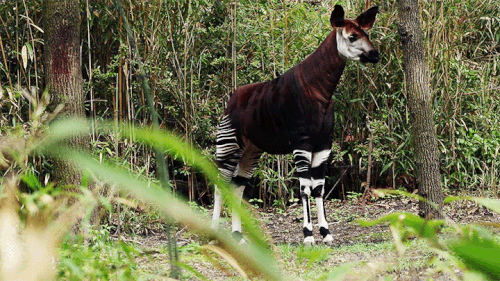
The Okapi Wildlife Sanctuary in the Democratic Republic of Congo is home to this strange-looking animal (Photo: GIF).
This species, known as the "African unicorn", is facing extinction, and is related to the giraffe.
This animal is closely related to the giraffe , with a long neck but a body similar to a horse. Their hindquarters also have stripes like a zebra, so many people mistakenly believe they are a cross between a zebra and a giraffe.
About 1.5 meters tall, okapi has a 2m long body, a 45cm long tail, and weighs over 200kg. Possessing a characteristic striped coat, okapi can easily camouflage in their habitat of dense tropical forests, helping them avoid being hunted by predators. The thick, oily coat helps okapi withstand wet conditions. In addition, scent glands in the hooves are used by okapi to mark their territory.
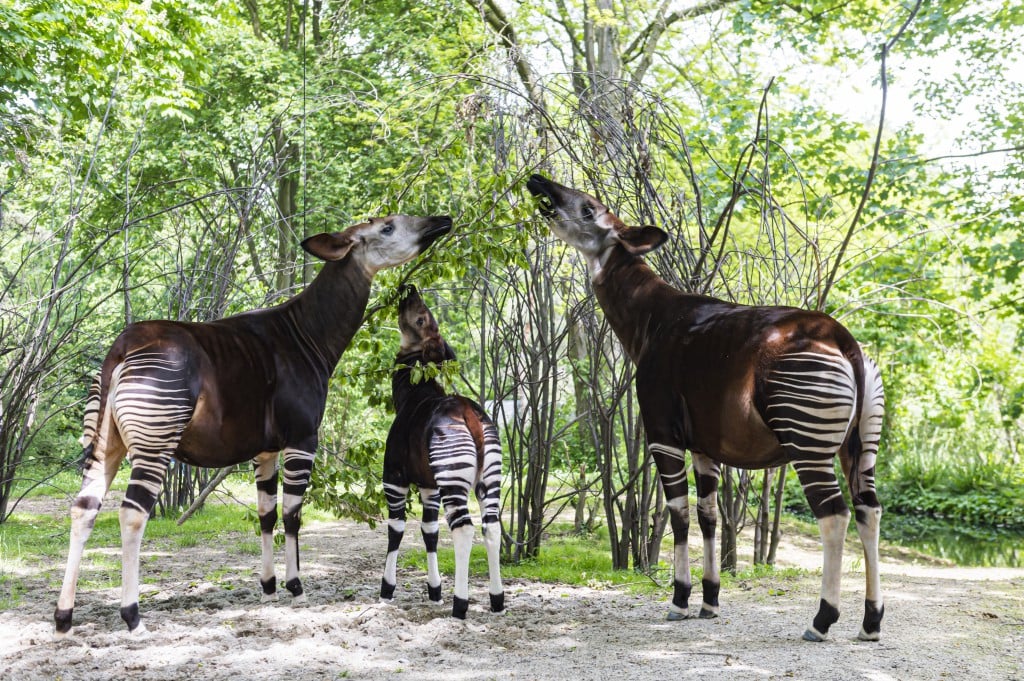
Okapi is known as the "African unicorn" (Photo: Pixabay).
Unlike giraffes, which prefer vast grasslands, okapis live primarily in the lowland rainforests of central and northeastern Democratic Republic of Congo. They are solitary animals but sometimes gather in small herds to feed, groom, and even play together.
Female okapis are pregnant for 15 months. Newborn okapis can hold their poop for up to four weeks to avoid being spotted by leopards. The mother okapi stays in the nest with her calves for the first six to nine weeks of their lives – much longer than most other ungulates. During the first few weeks, the newborn okapis are hidden in bushes by their mothers and are weaned after six months.
Okapi have a unique communication system that humans cannot hear. They use special sound waves that are not detectable by the human ear. To understand this language, we need to use specialized equipment.
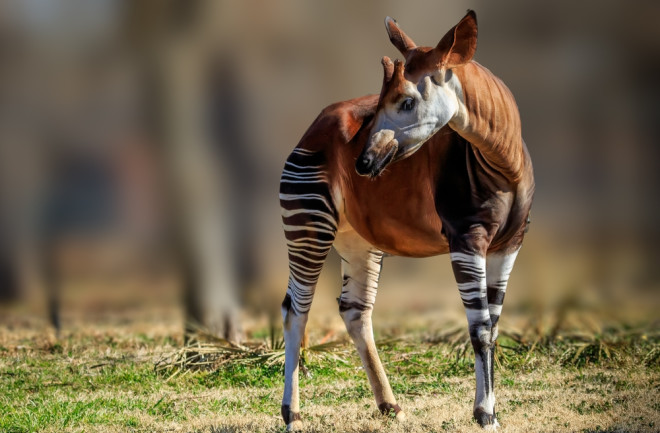
Okapi live mainly in lowland tropical rainforests in central and northeastern Democratic Republic of Congo (Photo: Pixabay).
An adult okapi can weigh up to 300kg and consume about 27kg of food per day, including fruits, young shoots, mushrooms, leaves, twigs, riverine clay and even bat guano to supplement salts, minerals and essential nutrients.
Scientists also found something very interesting, Okapi also eats tree trunks that have been burned by lightning to help with their digestion.
If we look closely at the shape of the head and facial features, we can see that the okapi has many similarities with the giraffe. Like the giraffe, the male okapi has horns. Meanwhile, the female okapi is a little redder and is a little taller than the male okapi. The okapi has a long tongue to strip leaves and twigs. The food is then digested in their four-chambered stomach.
It is difficult to find Okapi in the wild because this rare creature is shy and afraid of people.
The main reason for the decline in okapi numbers
An iconic animal of the Democratic Republic of Congo, the okapi has been revered by Congolese people for centuries, especially the Mbuti pygmy community, for whom the animal is named. Today, the okapi is the national treasure of the Democratic Republic of Congo and its image appears on the national currency as well as the logo of the Congolese Institute for the Conservation of Nature (ICCN).
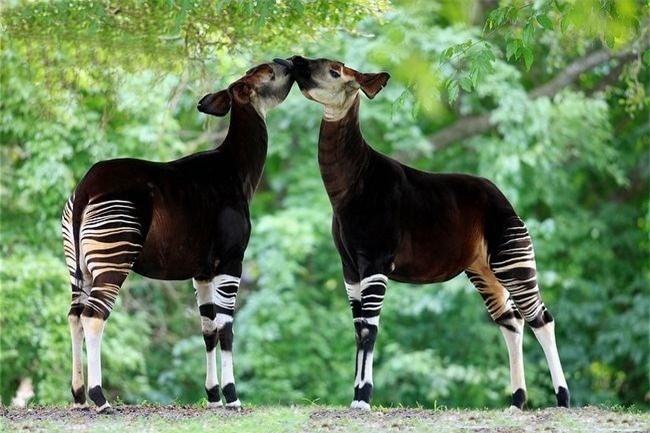
The Okapi is an iconic animal of the Democratic Republic of Congo (Photo: Pixabay).
It wasn’t until 1901 that their existence was confirmed by Western science. However, in just over a century, the okapi population had been halved. It is estimated that fewer than 25,000 okapi remain in the wild.
In 2013, the International Union for Conservation of Nature (IUCN) listed the okapi as a threatened species on its Red List. The IUCN noted that the okapi's severe decline was partly due to its limited habitat to the tropical forests of the Democratic Republic of Congo (DRC).
In addition, the Okapi population has declined due to overhunting, habitat loss, deforestation, logging, and human settlement. Conflict and poverty in the Democratic Republic of Congo over the past two decades have damaged the Okapi's habitat, and they are also hunted for their meat and skin. Therefore, government efforts to resolve civil conflicts and combat poverty are necessary to preserve the Okapi's survival.
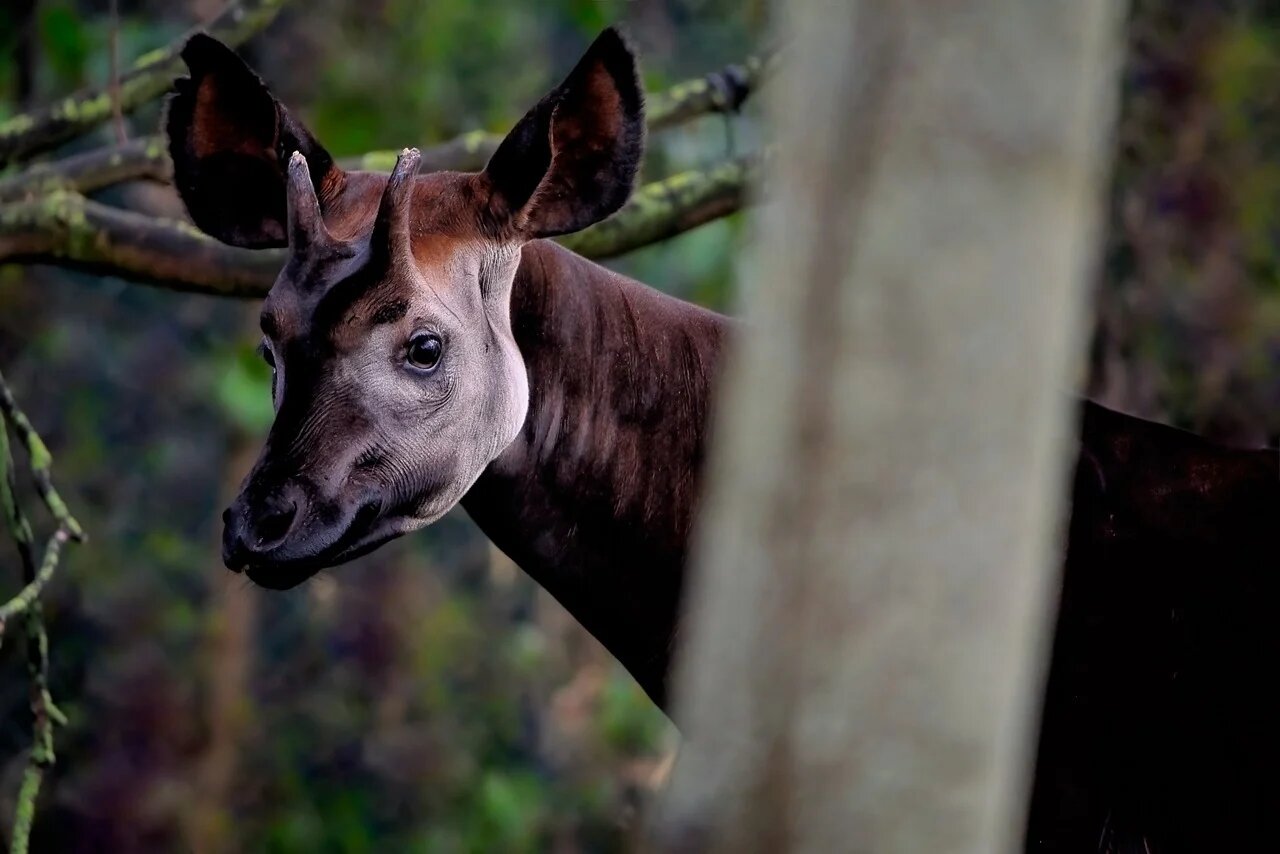
The number of Okapi has also decreased due to overhunting, habitat loss, deforestation, logging and human settlement (Photo: Pixabay).
The exploitation of the Democratic Republic of the Congo’s rich mineral resources is also a major challenge for okapi conservation. The lack of accurate data on okapi numbers in the wild is also a challenge for scientists. Since the 1960s, no comprehensive survey of okapi has been conducted in the northern forests of Virunga National Park, where the okapi was rediscovered in 2006.
With the efforts of rangers and sustainable development goals, Virunga National Park is expected to become a safe haven, helping to protect the okapi from hunting and habitat loss. Collecting data on the okapi is a top priority in the coming years. This data will form the basis for developing a conservation strategy for the okapi both inside and outside Virunga National Park.
Nguyet Pham (Synthesis)
Source: https://giadinh.suckhoedoisong.vn/loai-vat-quy-bac-nhat-the-gioi-duoc-so-sanh-voi-vang-so-luong-ca-the-con-25000-chi-sau-hon-1-the-ky-172240923073250234.htm






![[Photo] Top players gather at the 2025 Nhan Dan Newspaper National Table Tennis Championship](https://vphoto.vietnam.vn/thumb/1200x675/vietnam/resource/IMAGE/2025/5/23/9ad5f6f4faf146b08335e5c446edb107)



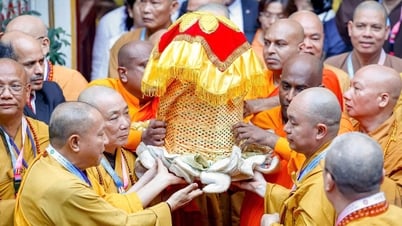

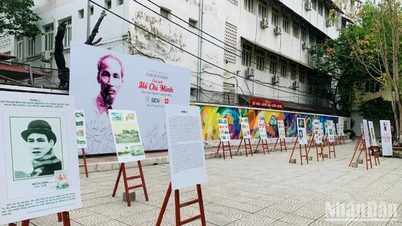












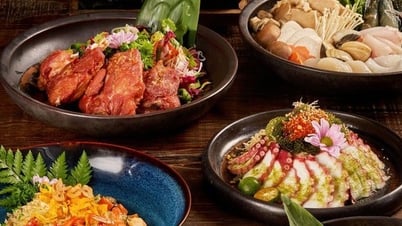
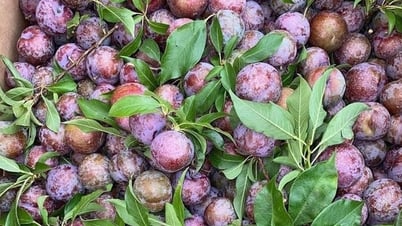











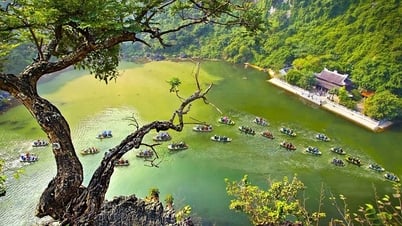










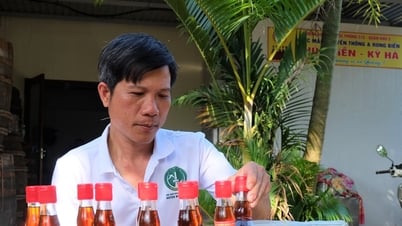




















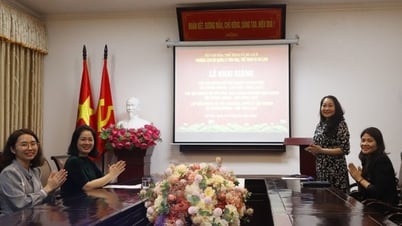









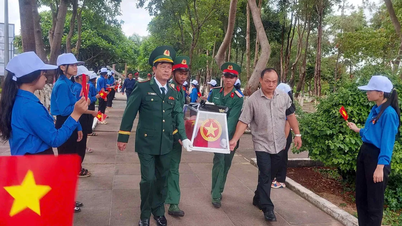
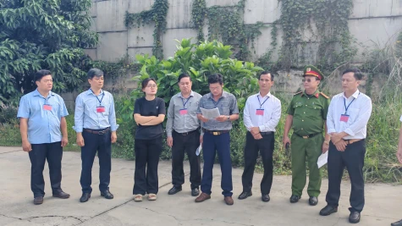

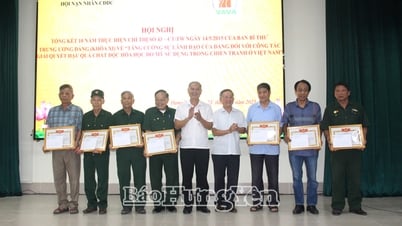











Comment (0)